With space such an expensive commodity in the city, it’s easy to give up on the dream of growing your own vegetable garden at home. But with a little ingenuity, it’s actually simple to grow delicious herbs and vegetables in your city apartment.
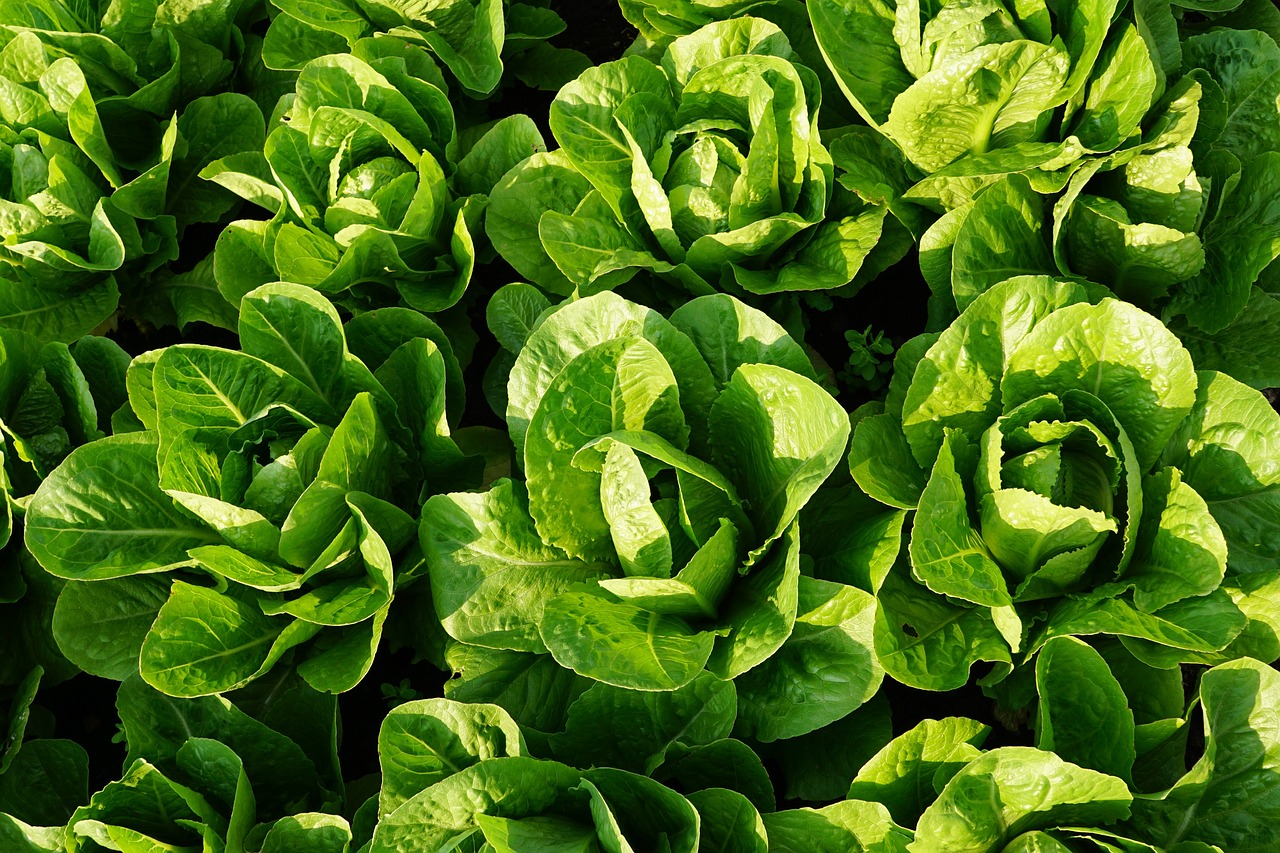
Download eBook: How to Grow Your Own Urban Vegetable Garden
Planning your veggie garden
The first thing to consider is where you would like to build your vegetable garden. Space is crucial in deciding what plants you can grow in your garden. The key to success is ensuring that you make the best use of the space you have, using clever planting techniques and the right crops.
Make sure you take into account the following crucial features when planning where to grow your garden:
Sunshine
All plants need plenty of sunlight. Your garden should grow in a plot that has adequate access to natural light. It is not essential that this is direct sunlight, but that your plants receive enough light energy to feed themselves.
Water
You will have to consider nearby water sources and the water retention of the soil, although this is not absolutely necessary if you will be watering your plants daily. Early planning will help save you time and effort when it comes to organising your watering roster.
Drainage and irrigation
It is important that the soil you choose has a good drainage system and that excess water filters out to a drain. This is especially important if you have decided to install your garden in an indoor space with insufficient natural sunlight. Water-collection trays are a useful way to compensate for poor quality soil draining.
Space
Ensure that you have allowed enough space between your plants. This is essential for a number of reasons; firstly, crowded plants do not grow well. Next, you will need to allow enough space for other gardening activities like transplanting, pruning and irrigation.
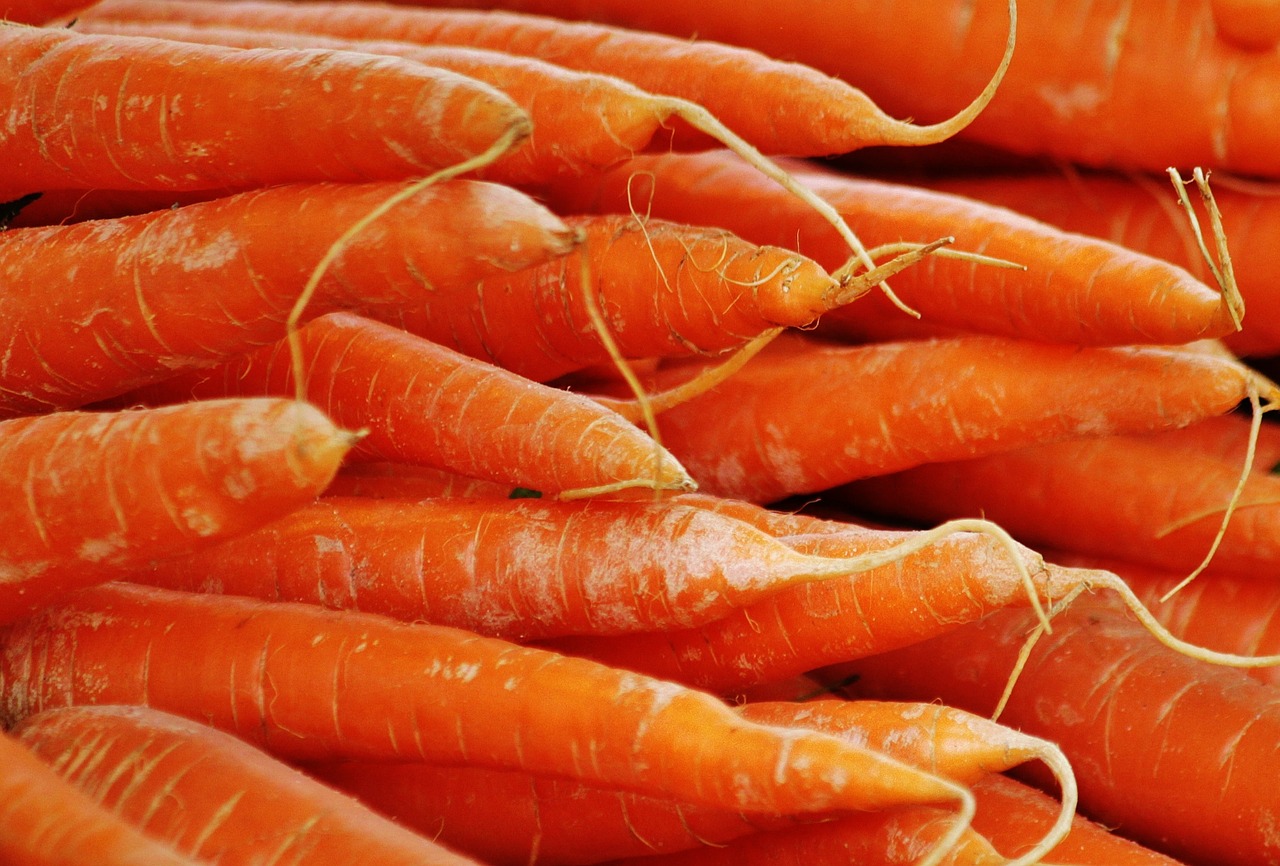
Constructing a home garden
Are you ready to build your garden? Unused and unloved boxes, clothes and containers will be your best friend through this process. Don’t buy any equipment! Instead, recycle and give new life to household items that you are ready to discard.
First, choose materials that you can use as a foundation for your garden, think soil, support and pots. Life grows even in the most unlikely places, if you create the necessary conditions.
Depending on the plot you have selected, there are two types of garden you can opt for:
Horizontal gardens
This is the most common type of garden where ornamental and edible plant varieties are placed side by side to allow you to tend to the garden in comfort.
Vertical gardens
This type of garden places plants in various heights, one on top of each other, usually supported by a wall. This new-age garden saves space and is aesthetically pleasing.
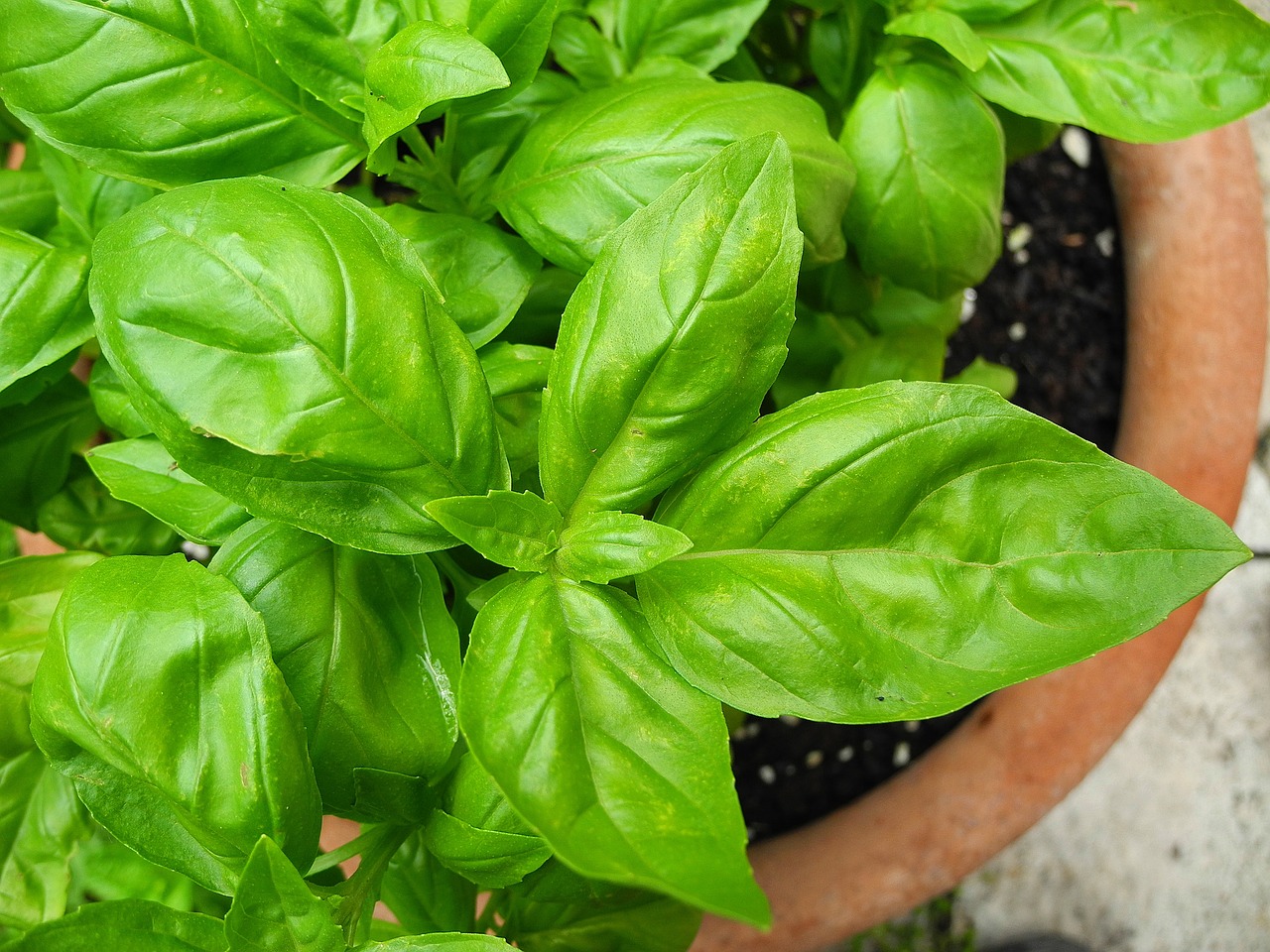
Selecting the soil and seeds for your city garden
Whether it is tomatoes, zucchini, eggplants or lime, there is no limit to what you can achieve with your veggie patch. But before your fruits and veggies are ready to grow, you need a soil base, which fosters healthy plant growth.
City soil is usually not ideal for gardening, and can have high clay or sand content. We suggest using a substrate before planting the seeds. Substrates can be easily found at your nearest florist or hardware store.
Another great way to enrich the soil base is through composting. Using the organic waste from your home can help grow healthy nutrition-rich veggies and fruits. As an added benefit, this is completely free.
Looking for more ideas on how to grow an ecological urban garden? Here are 3 simple tips:
1. Choose seasonal veggies
This will help you will save on resources like water, sunlight, fertiliser, etc., which will contribute to improving the overall health of your orchard.
2. Use a variety of different plants
Numerous plant species have distinct qualities that could benefit your garden. Some are natural repellents of pests and fungi that could harm your garden. Others can offer beautiful flowers, delicious fruits and vegetables or perfumed aromas.
3. Create your own soil
If your soil isn’t quite ready for planting – you can use hollowed out eggplants treated with some damp paper or spongy soil to grow your seeds. Transplanting your seedlings to their final place when they are a little older.
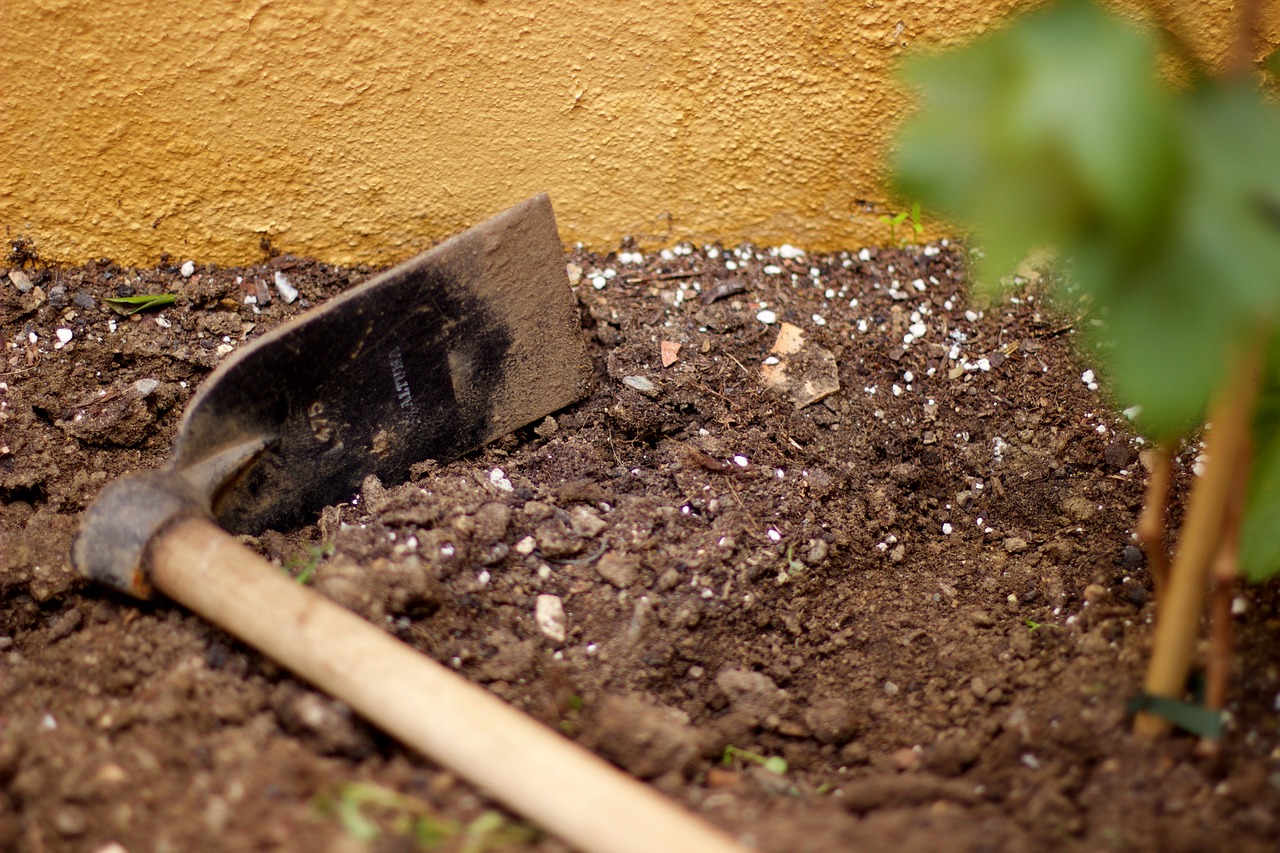
Using recyclables as plant holders
Great news, it’s time to start growing your verdant veggie patch!
Here are some great ideas to help you build your garden using recycled materials:
1. Build a vertical garden with old drawers and cupboards
If your furniture is made of wood, remember to line the drawers with plastic bags and compost and use a substrate before introducing the earth. Also ensure that adequate distance is left between your plants – so that sunlight reaches every plant.
2. Build a beautiful vertical garden using empty plastic bottles
Read our blog post, How to make a greenhouse with recycled materials for more great ideas!
3. Use-and-throw wooden boxes are a unique garden container idea
Your local greengrocer should have a variety of shapes and sizes for you to choose from, for no cost at all. These boxes are perfect for gardening at home: you can move them comfortably, mount them on top of each other and separate the various plant species into different boxes.
4. Wooden pallets offer a great foundation for your garden
The pallets are ideal for growing all kinds of plants.
5. Use an old lantern, watering can or lamp as an innovative container for your potted plants
Try something different! This is a great way to reuse old household items and make your house more interesting when people come to visit.
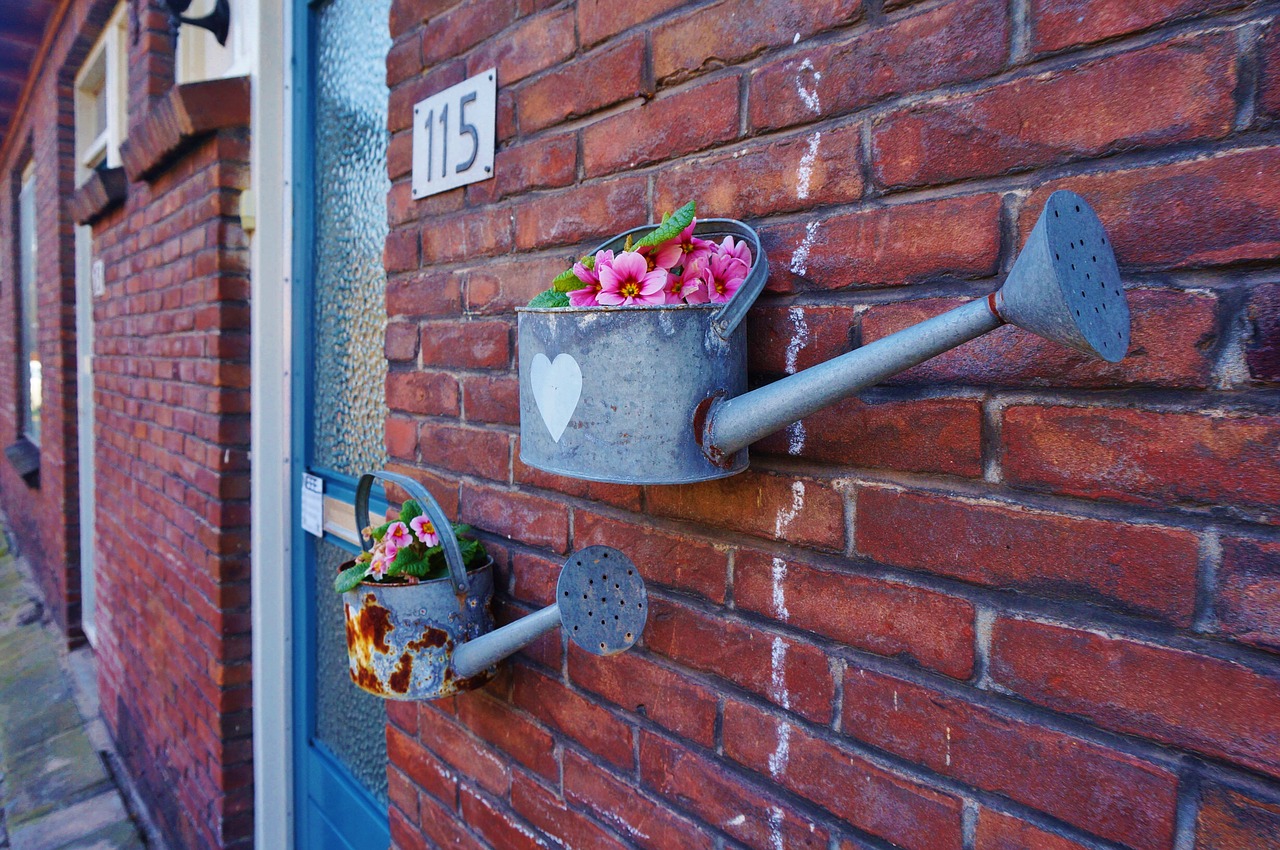
For more detailed instructions on how to grow a veggie garden in small spaces, including a guide to potting, planting and growing seedlings – download our free eBook.
Advantages of veggie gardens
- It encourages responsible consumption: are you a slave to the mass produced, unhealthy foods available in our local supermarkets? Well, now you can steer clear of food choices that are made using unethical social and environmental practices. What you grow in your garden will be yours for consumption!
- A better appreciation of nature: to understand nature is to understand ourselves and the world that surrounds us. As you grow your veggie garden, you will begin to intuitively understand the changing seasons and the needs of your garden.
- Make healthy food choices: with organic foods becoming a lifestyle fad across Australia; healthy, nutritious and ecological food is hard to come by unless it has an exorbitant price tag attached. The produce you grow at home does not need the use of chemicals, and the cost of picking your own organic veggies is completely free!
- Reduced levels of stress and anxiety: big cities are known for a fast-paced lifestyle, where stress and anxiety is commonplace. Gardening is a great way to slow down, take hold of your feelings and reconnect with nature.
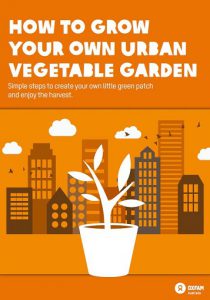
Grow your own urban vegetable garden
Download our free eBook and learn the simple steps to create your own little green patch and enjoy the delicious harvest.
Download guide